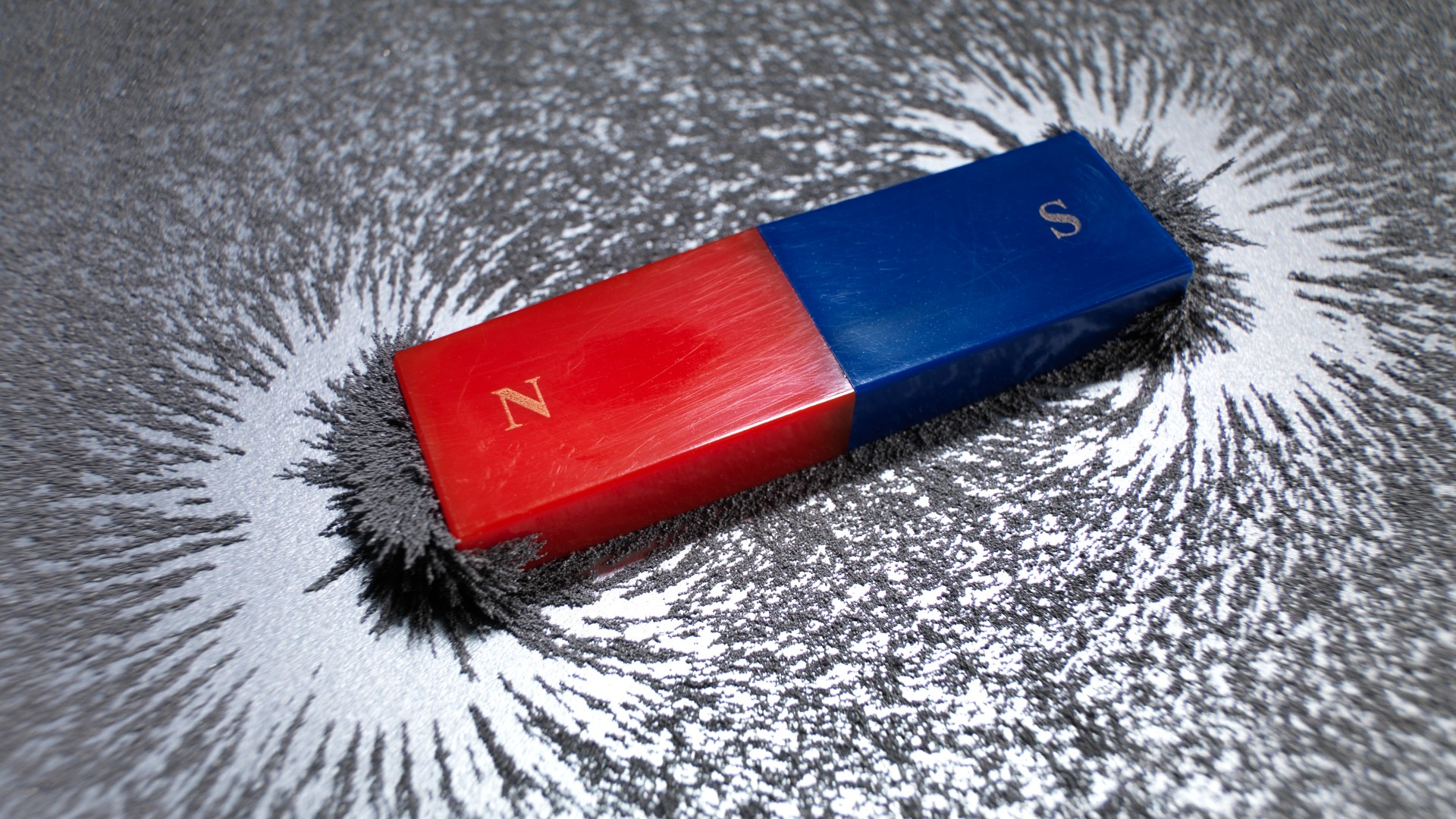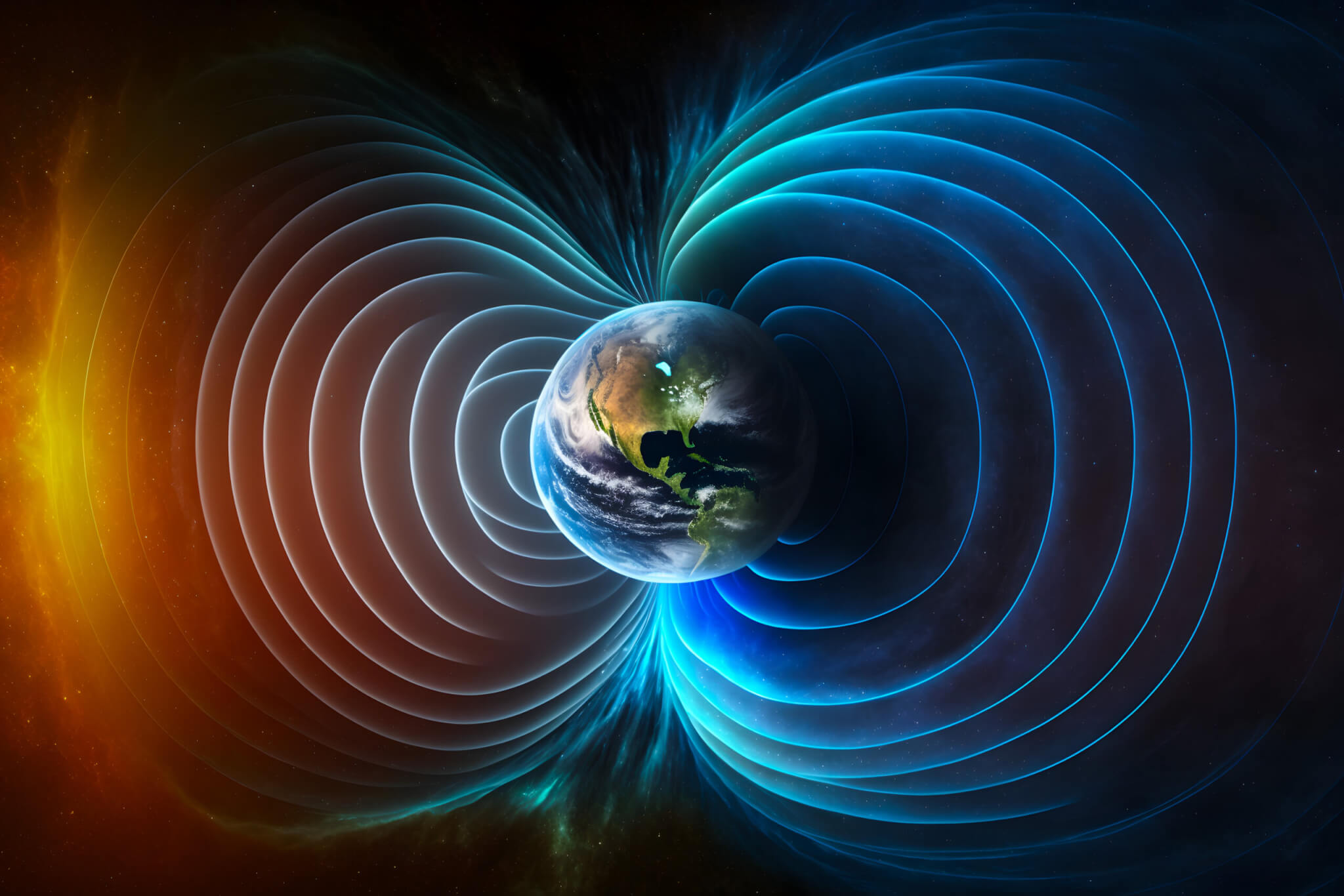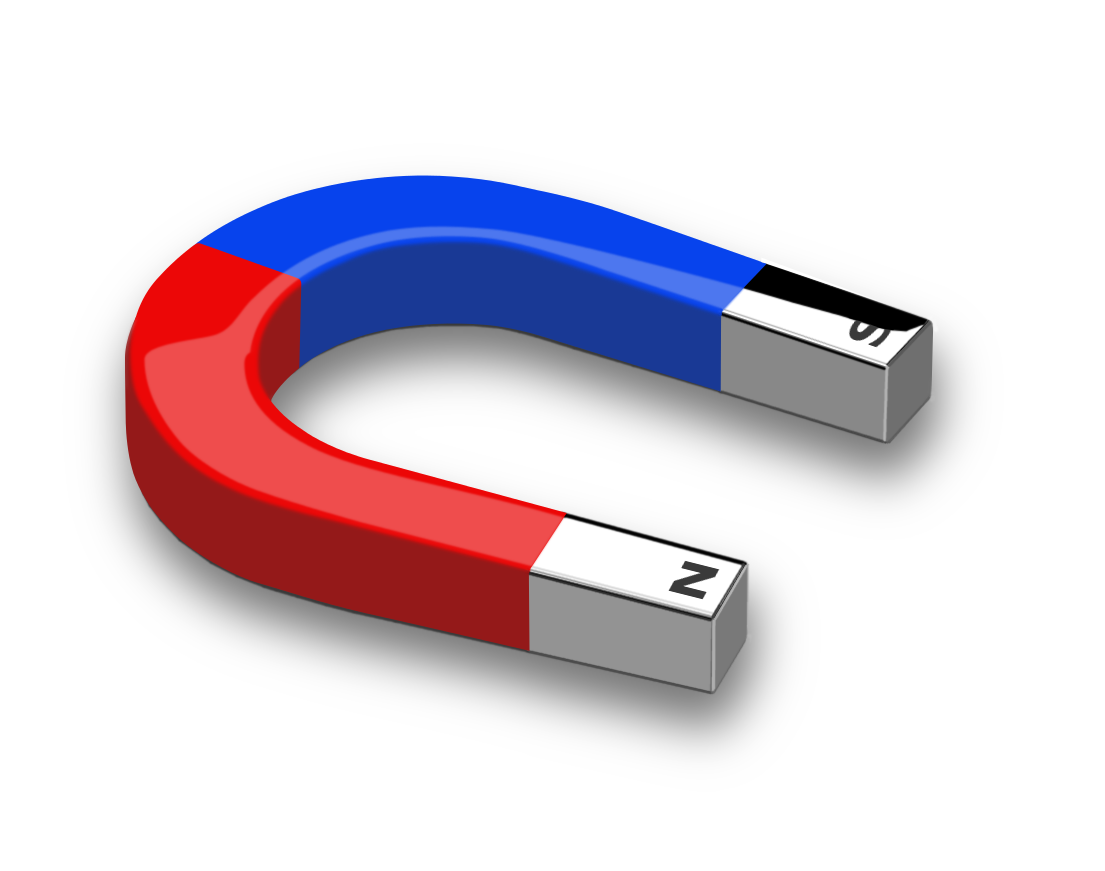AI-Generated Content
This article has been created using advanced AI technology to provide you with informative and engaging content.
AI-Curated Resources:
Have you ever felt a pull towards something, a quiet yet powerful draw that just seems to defy explanation? That almost irresistible appeal, that's the kind of feeling that often surrounds the idea of "magnetic zeros jade." It’s a concept that hints at an inherent, captivating quality, something that just naturally draws things in, or perhaps, radiates a unique kind of charm. This fascinating notion, you know, speaks to a deeper connection with the very fabric of how things interact, how certain elements can exert an influence without even touching.
This drawing power, this ability to attract, it’s actually a pretty common thread in our world, even if we don't always stop to think about it. It’s like a quiet hum beneath the surface of things, a hidden force that shapes how objects, and even people, relate to one another. The idea of "magnetic zeros jade" captures this essence, suggesting a rare blend of qualities that create an undeniable appeal, a sort of natural charisma that stands out in any setting. It's a way of describing something that holds a special, almost magical, kind of sway.
So, what exactly gives something this special kind of allure, this "magnetic zeros jade" quality? It’s often tied to the very basic principles of attraction and repulsion that we see in the natural world. Think about how certain things just seem to fit together, or how some ideas just naturally grab your attention. This concept, you see, invites us to look a little closer at the subtle ways power and attraction play out, whether in the physical world or in the way we perceive unique and striking qualities. It’s a rather intriguing thought, isn't it?
Table of Contents
- What Makes Something Truly "Magnetic Zeros Jade"?
- How Do Magnetic Fields Shape Our World, and What About "Magnetic Zeros Jade"?
- The Unseen Dance - Forces at Play
- Can Everyday Objects Exhibit "Magnetic Zeros Jade" Qualities?
- From Tiny Bits to Big Attractions
- Where Does the Earth's Own "Magnetic Zeros Jade" Come From?
- The Enduring Charm of "Magnetic Zeros Jade"
What Makes Something Truly "Magnetic Zeros Jade"?
You know, that pull you sometimes feel, that drawing power, it often comes from something called magnetism. It's like a special kind of energy that shows up when tiny bits of electricity move around. These movements, they can happen in lots of ways, maybe even just as electricity flows through a wire. Basically, magnetism is a whole group of natural characteristics that appear because of a magnetic field. This field, it's what makes things either pull together or push apart. And that happens because of, you know, both the way electricity moves and the little magnetic bits inside things.
When we say something is "magnetic," we often mean it has this amazing ability to draw things in, or even people. It's a way of describing a powerful pull. For instance, a piece of metal might be magnetic if it can pull close to it other things that have iron or steel inside. So, the space around a magnet, that's where its special power lives; that's its magnetic field. Every magnet, you see, has these two ends, we call them a north side and a south side. It's pretty interesting, the different ends like to come together, but the same ends, they really push away.
When we talk about something being "magnetic," we're really just connecting it back to magnets or the idea of magnetism itself. You can find lots of instances where that word is used. It's actually pretty neat to get to know more about what magnetism means, to find out about the different kinds of stuff that can be magnetic, and to pick up some truly fascinating details about this natural force. The push or pull that a tiny electric bit feels when it's in a magnetic area, that force changes based on how much charge the bit carries, how fast it's moving, and how strong the magnetic area itself is. This is all part of what gives something that "magnetic zeros jade" quality, a kind of inherent attractiveness.
How Do Magnetic Fields Shape Our World, and What About "Magnetic Zeros Jade"?
Think about the magnets on your fridge, or the needle in a compass; that's a type of strong magnetism called ferromagnetism. There are also other kinds, like antiferromagnetism, which is a bit different. And when you call something "magnetic" in a more general sense, it means it just pulls people in, maybe because it has these rather unique, strong, and truly captivating qualities. That drawing power can come from electricity flowing through something that conducts it, or from little bits that carry an electric charge. So, when we use the word, it's about anything connected to a magnet or the idea of magnetism.
It might mean something has the special characteristics of a magnet, or it can be made into a magnet, or it gets pulled by one. It also touches on the earth's own magnetic area, or even something that was made using these magnetic principles. "Magnetic" really points to how an object acts; whether it gets pulled toward a magnet, or if it can make its own magnetic area. It's also tied to the push and pull that electricity moving around and magnetic bits create. This interplay of forces is, in a way, what gives rise to the very idea of "magnetic zeros jade," suggesting a powerful and intrinsic appeal.
It can mean something that comes from, makes, or works because of magnetism. It also describes something that can become magnetic, or something that connects to the earth's magnetic ends. You use the word "magnetic" to describe things that are either made by or connected to the power of magnetism. For instance, tiny charged bits in a gas can really feel these magnetic pushes and pulls. Magnetism itself is a strong influence that comes from electricity on the move, and it can, you know, both draw things together and push them apart. Different kinds of stuff show this magnetic effect in different ways, all depending on their tiny internal particles, and there are various forms of it. This complex dance of attraction and repulsion, it’s actually what shapes so much of what we see and experience, creating those compelling "magnetic zeros jade" moments.
The Unseen Dance - Forces at Play
The very idea of a "magnetic" presence, that something can just draw you in, is rather captivating, isn't it? It suggests an invisible force, a kind of energy that operates without direct contact, yet its influence is quite clear. This invisible push and pull, it’s fundamentally tied to the movement of tiny electrical charges. When these charges are in motion, they create what we call magnetic fields. It's like a subtle, unseen dance where energy flows and interacts, resulting in either a drawing together or a pushing apart of objects. This foundational concept of moving charges is, you know, absolutely central to understanding how any magnetic effect comes about.
Consider how a simple electric current, flowing through a wire, can generate a magnetic field around it. This is not just a theoretical concept; it's something that happens all the time in our daily lives, often without us even noticing. The power of magnetism, therefore, isn't some distant, abstract idea; it's woven into the fabric of our physical world. It allows objects to exert influence over one another, to either embrace or reject. This interplay, really, is a constant, dynamic process, always happening around us, sometimes subtly, sometimes with quite noticeable effects. It’s a pretty amazing system, when you think about it, how these unseen forces can dictate so much.
The way these forces work, it’s all about the inherent properties of materials and the way their internal components are arranged. Some materials have their tiny magnetic moments aligned, creating a strong, lasting magnetic effect. Others might only show a magnetic response when an external field is present. This variation in behavior is what gives rise to the diverse range of magnetic phenomena we observe. It’s a continuous, complex interaction, a silent conversation between particles and fields, constantly shaping the world around us. This unseen dance, it’s quite literally the engine behind all magnetic occurrences, a truly fundamental aspect of physics.
Can Everyday Objects Exhibit "Magnetic Zeros Jade" Qualities?
When we talk about something having "magnetic" qualities, we're really describing its power to attract, to draw things in. It’s an extraordinary ability, truly, to exert that kind of influence. For example, a common metal object, like a paperclip, can actually become magnetic if it’s placed near a strong magnet for a while. This means it gains the ability to attract other small pieces of metal. So, in a way, even very ordinary things can pick up these compelling characteristics, becoming a little bit like "magnetic zeros jade" themselves, at least temporarily.
The area around any magnet, where its special force is felt, is called its magnetic field. Every magnet, no matter how big or small, has two distinct ends: a north pole and a south pole. It’s a pretty simple rule, really: opposite poles are drawn to each other, pulling close, while poles that are alike will push each other away. This basic principle of attraction and repulsion is what governs so many magnetic interactions. It’s a constant dance of push and pull, dictating how things respond when they come into contact with a magnetic field, or how they might exhibit that captivating "magnetic zeros jade" appeal.
So, when you see a compass needle pointing north, it’s actually responding to the Earth’s own vast magnetic field. That little needle is a tiny magnet, and it’s simply aligning itself with the planet’s magnetic pull. This shows us that magnetic forces are not just confined to small, manufactured magnets; they are part of the very structure of our planet. The idea that even something as immense as the Earth has its own magnetic presence, its own kind of "magnetic zeros jade" quality, is, you know, pretty awe-inspiring. It highlights how pervasive and powerful these unseen forces truly are in our daily lives.
From Tiny Bits to Big Attractions
The force that acts on an electrically charged particle when it finds itself in a magnetic field is really interesting. This force depends on a few key things: how much charge the particle carries, how fast that particle is moving, and, of course, the overall strength of the magnetic field it’s in. It’s a very precise interaction, where every little detail matters. This is why, you know, sometimes a particle might feel a strong push, and other times, just a gentle nudge, all based on these factors. It’s a pretty fundamental concept in understanding how electricity and magnetism are linked.
Consider the everyday magnets we all know, like those holding notes on your refrigerator, or the tiny needle inside a compass that always points north. These are examples of what we call ferromagnetism, a very strong and noticeable kind of magnetic behavior. But there are other, more subtle forms of magnetism too, like antiferromagnetism, where the magnetic moments within a material actually cancel each other out, making the overall effect less obvious. So, it's not just one type of magnetism; there's a whole spectrum of ways materials can respond to these forces, some very apparent, others rather hidden.
When we describe something as "magnetic" in a broader sense, we often mean it possesses an extraordinary power to attract people. It’s not about literal metal attraction here, but rather about having unusual, powerful, and truly exciting qualities that draw others in. This kind of magnetism, you see, is about charisma, about a compelling presence that captures attention and sparks interest. It suggests a unique blend of characteristics that make something incredibly appealing, almost irresistible. It’s a way of saying that something has a truly captivating essence, a kind of inherent allure that stands out.
Where Does the Earth's Own "Magnetic Zeros Jade" Come From?
The magnetic properties of an object or material are deeply tied to the motion of electric charges within them. This can be as simple as an electric current flowing through a conductor, or it can involve the movement of individual charged particles, like electrons, within the atoms of a material. These tiny, internal movements are, you know, the fundamental source of all magnetic phenomena. It's fascinating to think that something as immense as the Earth's magnetic field ultimately arises from these very small-scale movements, creating a global "magnetic zeros jade" effect that protects our planet.
When we use the word "magnetic," it relates to anything that possesses the special characteristics of a magnet. It can also describe something that is capable of being magnetized itself, meaning it can be made into a magnet, or something that is simply attracted by a magnet. Furthermore, the term connects to the Earth’s own magnetic field, which is a massive and vital part of our planet’s environment. It also refers to any medium that has been created using magnetic principles, like the magnetic strips on credit cards or old audio tapes. So, the word has a pretty wide range of uses, encompassing many different aspects of this force.
"Magnetic" refers to the specific behavior of an object that either gets pulled toward a magnet or has the ability to produce its own magnetic field. It also directly relates to the forces that moving electric currents and magnetic moments within materials create. This means it describes something that is either produced by, caused by, or operates because of magnetism. It also describes something that can be magnetized, or something that connects to the Earth's magnetic poles. So, in a way, the Earth itself has a massive, natural "magnetic zeros jade" quality, constantly influencing everything around it.
The Enduring Charm of "Magnetic Zeros Jade"
You use the word "magnetic" to describe something that is either caused by or relates directly to the force of magnetism. For instance, tiny, electrically charged gas particles can be significantly affected by magnetic forces, feeling a strong push or pull. This shows how pervasive and influential magnetism truly is, even on a microscopic level. It's a rather constant presence, shaping the behavior of matter in ways we might not always immediately perceive. This fundamental connection to natural forces is, you know, a key part of the enduring charm of "magnetic zeros jade."
Magnetism itself is a powerful force that comes about because of moving electric charges, and it has the dual ability to both draw things together and push them apart. This capacity for both attraction and repulsion is what makes it so dynamic and impactful. Different materials show magnetic effects in various ways, all depending on the arrangement and behavior of their electrons. There are many types of magnetism, from the very strong kind we see in iron to much weaker forms that are only apparent under specific conditions. This diversity in how materials respond is, actually, pretty fascinating.
The concept of "magnetic zeros jade" truly captures the essence of something that possesses an extraordinary and compelling allure. It speaks to qualities that are not just attractive, but also unusual, powerful, and genuinely exciting. It’s about a unique kind of charm that draws attention and creates a lasting impression. This goes beyond just physical attraction; it delves into the realm of inherent appeal, a quality that resonates deeply and creates a sense of fascination. It’s a way of describing something that holds a very special, almost magical, kind of sway over others.
AI-Enhanced Visual Content


